The Sequence of Market Modernization

The NASDAQ platform set the standard for market reform and modernization.
1971
NASDAQ
Prior to 1971, trading OTC equities was a manually intensive and inefficient process and the marketplace was only growing bigger. In response to calls for better functioning markets by the buy-side, the NASD launched NASDAQ (National Association of Securities Dealers Automated Quotations System)—a non-executable bulletin board that centralized all market maker quotes.
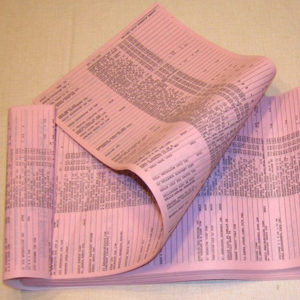
Before the NASDAQ platform market participants used a magazine-like tool, called the Pink Sheets, for price discovery and for insights on how to direct order flow.

Over the next 10-years average daily volume increased by 474%
1975
CQS
After seeing the benefits of implementing the NASDAQ system, the SEC mandated the implementation of a consolidated quote service for listed stocks.
“The consolidated quote system is next, this will collect and display the current quotation of specialist and other market makers in the securities in the system. The NASDAQ system of the NASD provides a model as to how this could work at least mechanically” – Phillips A Loomis, Jr. Commissioner SEC
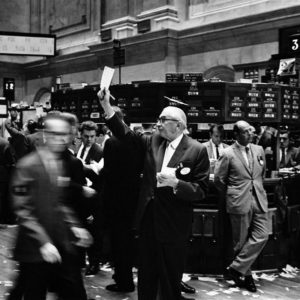
Before CQS listed equity market participants had no method to verify if they were trading on the best available prices.

FX transactions have increased from $70 billion per day in the 1980’s to more than 1.5 trillion per day in 2000s.
1981
RMDS
Prior to the introduction of the Reuters Monitor Dealing Service, determining the true market price for spot FX required dealers to continually execute small trades in order to gather information about the current price.
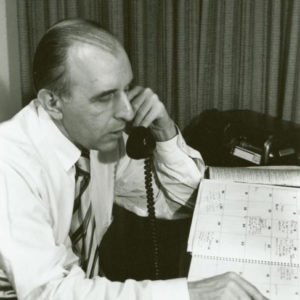
Before RMDS, 100% of the FX market was bilaterally traded using telephones

By 1987, London Stock Exchange’s monthly transaction volume equaled their annual volume total in 1986.
1986
SEAQ
After the Big Bang of 1986 the London Stock Exchange introduced the Stock Exchange Automated Quotation System (SEAQ) a screen based quotation system that allowed market makers and investors to view competing prices.
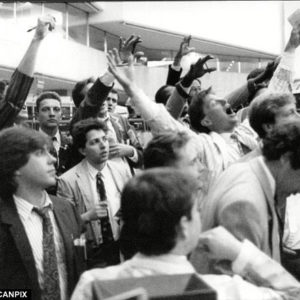
Before SEAQ, it was normal for 2-3 market makers to control up to 75% of the transaction volume in a given stock.

Increase use of computer information systems brought more electronic trading to the treasury market and broke the traditional market making cartel. Additionally, prior to GovPX the concept of a yield curve had not yet been established.
1991
GovPX
In 1991 the US treasury market was rocked by the Salomon Brothers treasury auction scandal. The fraud was only discovered after the borrow rate (repo) for the two-year note had declined to zero, because there were no publicly available prices for U.S. Treasuries. GovPX was introduced to directly address the structural and information issues in the treasury market.
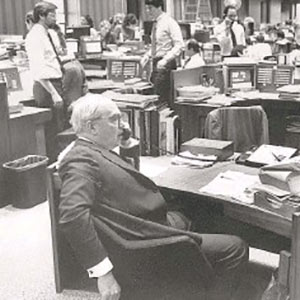
Before GovPX, the market for US government securities was considered one of the most secretive in the world.

In response to waning institutional liquidity in the U.S. corporate bond market, there have been numerous attempts at implementing a technology driven solution. BondCliQ is a concept that has been certified by history as a key architectural solution that enhances institutional liquidity and facilitates market modernization.
2016
BondCliQ
BondCliQ creates a competitive environment that empowers market makers and generates high quality pre-trade institutional quote data.

The current market faces the same structural issues that were solved by the adoption of central market systems throughout history.
